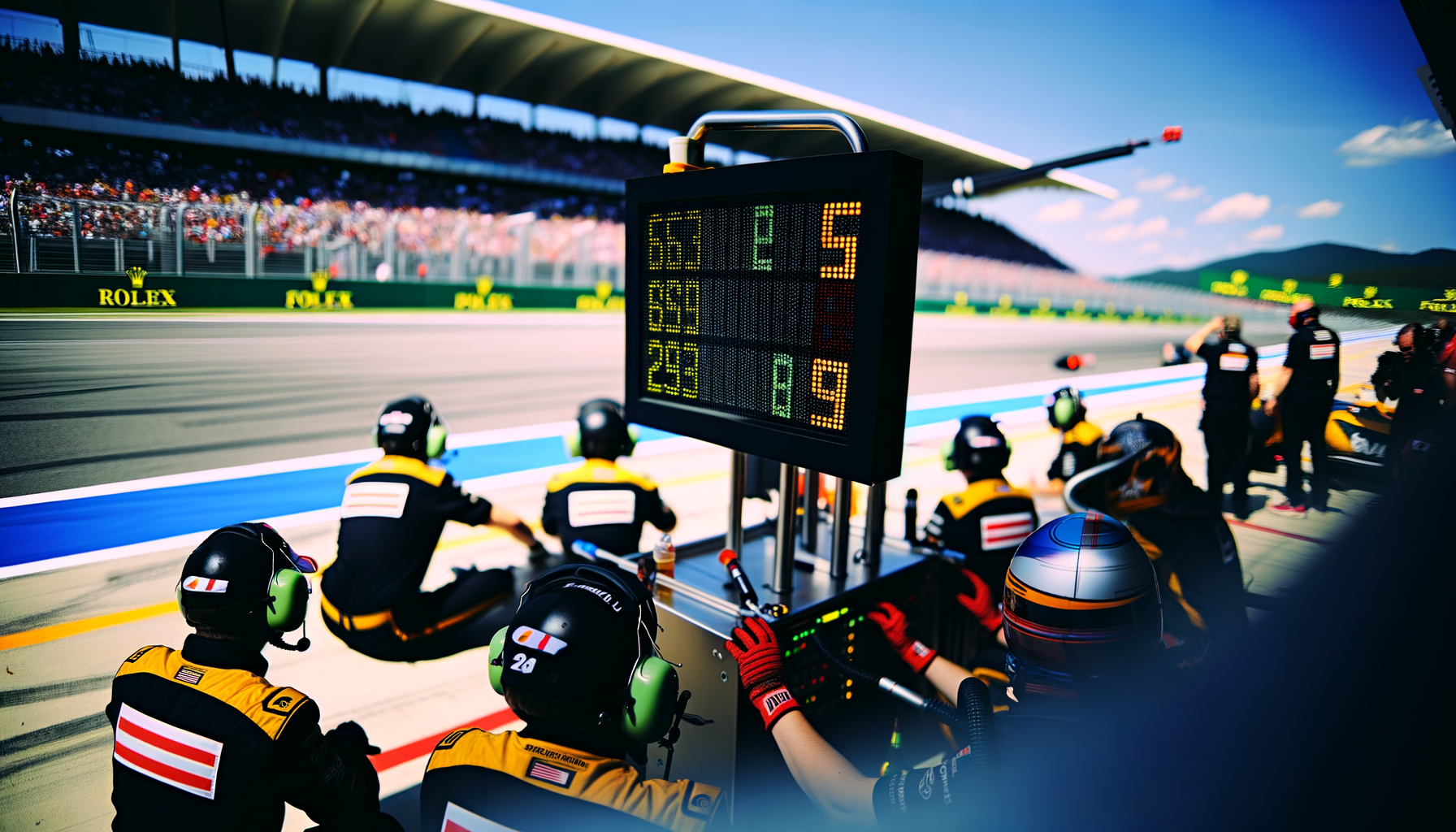Diagram of half a football pitch showing formations and tactics
Explore a detailed diagram of half a football pitch showing team formations, tactical setups, and key player roles for an insightful football analysis.

By Editorial
Introduction to football pitch diagrams and their importance
Football tactics and formations can be complex, but a clear diagram of half a football pitch showing player positions helps fans, coaches, and analysts understand team strategies. These visual tools illustrate how players are arranged and how they interact within the team structure during a match. This article explores the significance of such diagrams, focusing on a recent example featuring Manchester United's Women's team in their UEFA Champions League debut.
Understanding formations through a half-pitch diagram
A half-pitch diagram is an effective way to showcase formations because it concentrates on the attacking or defending half, highlighting player roles and spatial organisation. For instance, Manchester United employed a 4-2-3-1 formation against Norwegian side Vålerenga, as shown in the diagram. This setup features four defenders, two defensive midfielders, three attacking midfielders, and one striker, balancing defensive solidity with attacking options.
Breakdown of the 4-2-3-1 formation
- Defenders: Four players form the defensive line, including central defenders and full-backs tasked with blocking opposition attacks and supporting forward play.
- Defensive midfielders: Two midfielders positioned just ahead of the defence help control the midfield and shield the back four.
- Attacking midfielders: Three creative players support the lone striker, providing width, passing options, and goal-scoring threats.
- Striker: The focal point of attack, responsible for finishing chances created by teammates.
Such a diagram showing half the pitch makes it easier to visualise how the team organises itself during the key attacking phase.
Case study: Manchester United Women’s Champions League debut
In their first match at the UEFA Women’s Champions League group stage, Manchester United faced Vålerenga. The team’s half-pitch diagram revealed their tactical approach and personnel choices. Led by captain Maya le Tissier in defence, the team maintained 68.5% possession, reflecting their control and dominance.
Le Tissier’s leadership and composure were evident as she scored a crucial first-half penalty, the only goal of the game. The diagram shows her central defensive role, highlighting how defenders can also contribute offensively in set-piece situations.
Player roles and substitutions shown in the diagram
The diagram also helped track substitutions, such as Lisa Naalsund replacing Julia Zigiotti Olme in midfield at 80 minutes, showing tactical adjustments during the match. Understanding these changes visually allows fans and analysts to appreciate how coaches like Marc Skinner react to game dynamics.
The tactical battle: Manchester United vs Vålerenga
While Manchester United dominated possession and created 16 shots, Vålerenga’s 3-4-3 formation, also represented in a half-pitch diagram, showcased a compact defensive strategy. The Norwegian side focused on absorbing pressure and counter-attacking, a common tactic against technically superior opponents.
The diagrams of both teams’ formations provide insight into contrasting tactical philosophies: possession-based control versus defensive resilience and quick transitions.
How diagrams enhance understanding of football matches
Visual representations like half-pitch diagrams help break down complex match data into intuitive formats. They show how formations shift, how players occupy space, and how tactical plans translate into on-field action.
For example, internal links such as the Lewis Hamilton back on form at Italian GP says Ferrari boss article demonstrate how sport analysis benefits from detailed visuals and data, whether in football or motorsport.
Practical applications for coaches and analysts
Coaches use half-pitch diagrams to prepare for opponents, identifying weak points and planning pressing or attacking moves. Analysts employ them to explain match outcomes or player performances to fans, offering clear tactical narratives.
Manchester United's use of a 4-2-3-1 formation in this Champions League match, visualised via the half-pitch diagram, illustrates how teams can optimise player roles to control midfield and create goal opportunities.
Conclusion and key takeaways
- Diagrams of half a football pitch showing formations are invaluable for understanding team tactics.
- The 4-2-3-1 formation balances defence and attack, as demonstrated by Manchester United Women’s successful Champions League debut.
- Visual tools help fans, coaches, and analysts engage deeper with football strategy and player roles.
- Comparing different formations, like Manchester United’s and Vålerenga’s, highlights diverse tactical approaches.
- For further reading on sports analysis and insights, visit our privacy policy to understand how we handle your data while delivering quality content.
Understanding football through diagrams enriches the viewing experience and offers a clearer picture of the beautiful game's tactical nuances.
Related topics
Editorial
Sports expert at SportsScoop
Specialist in sports analysis and journalism
Related articles
Want to read more?
Explore our comprehensive collection of sports articles and analysis, or contact us for more information.



